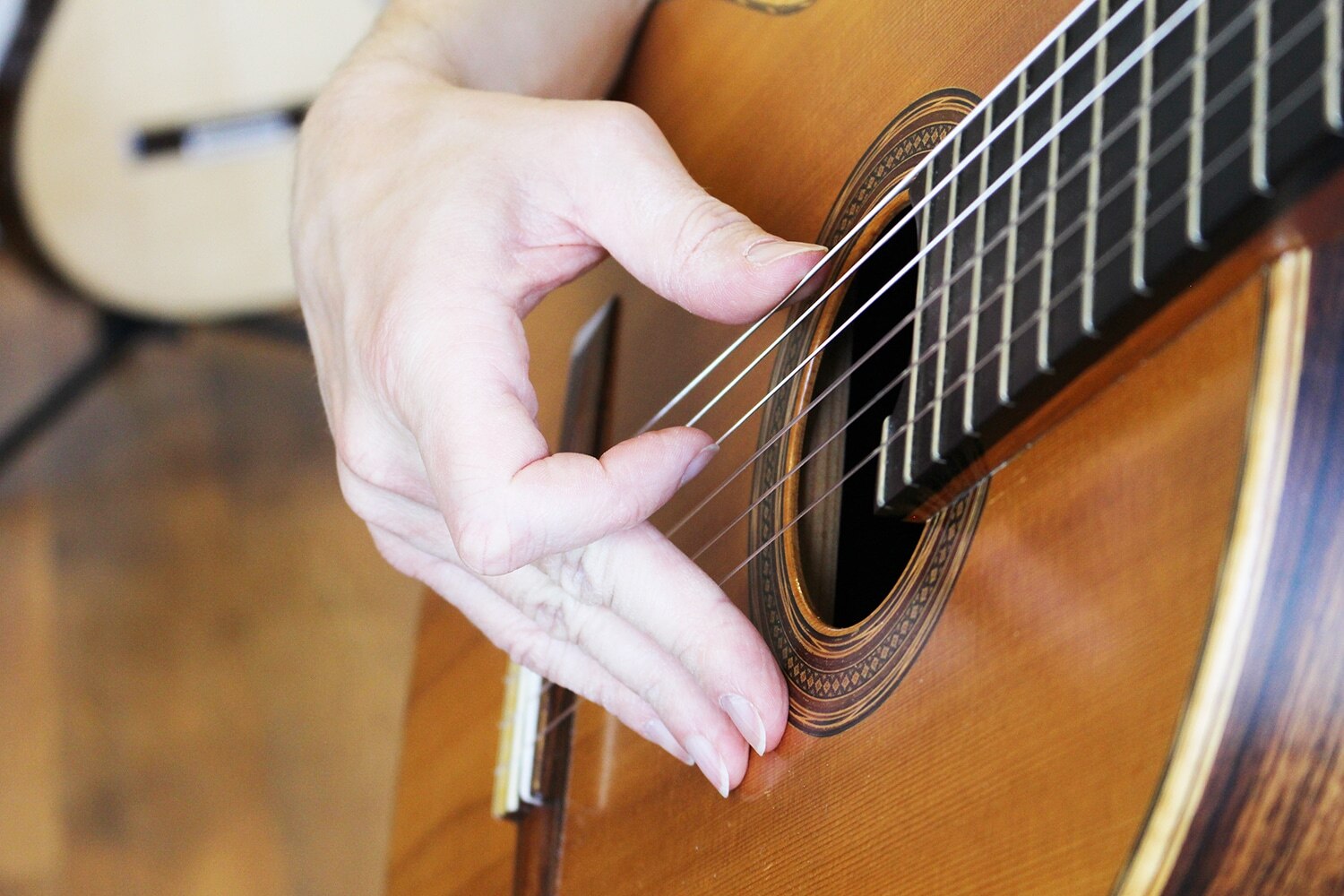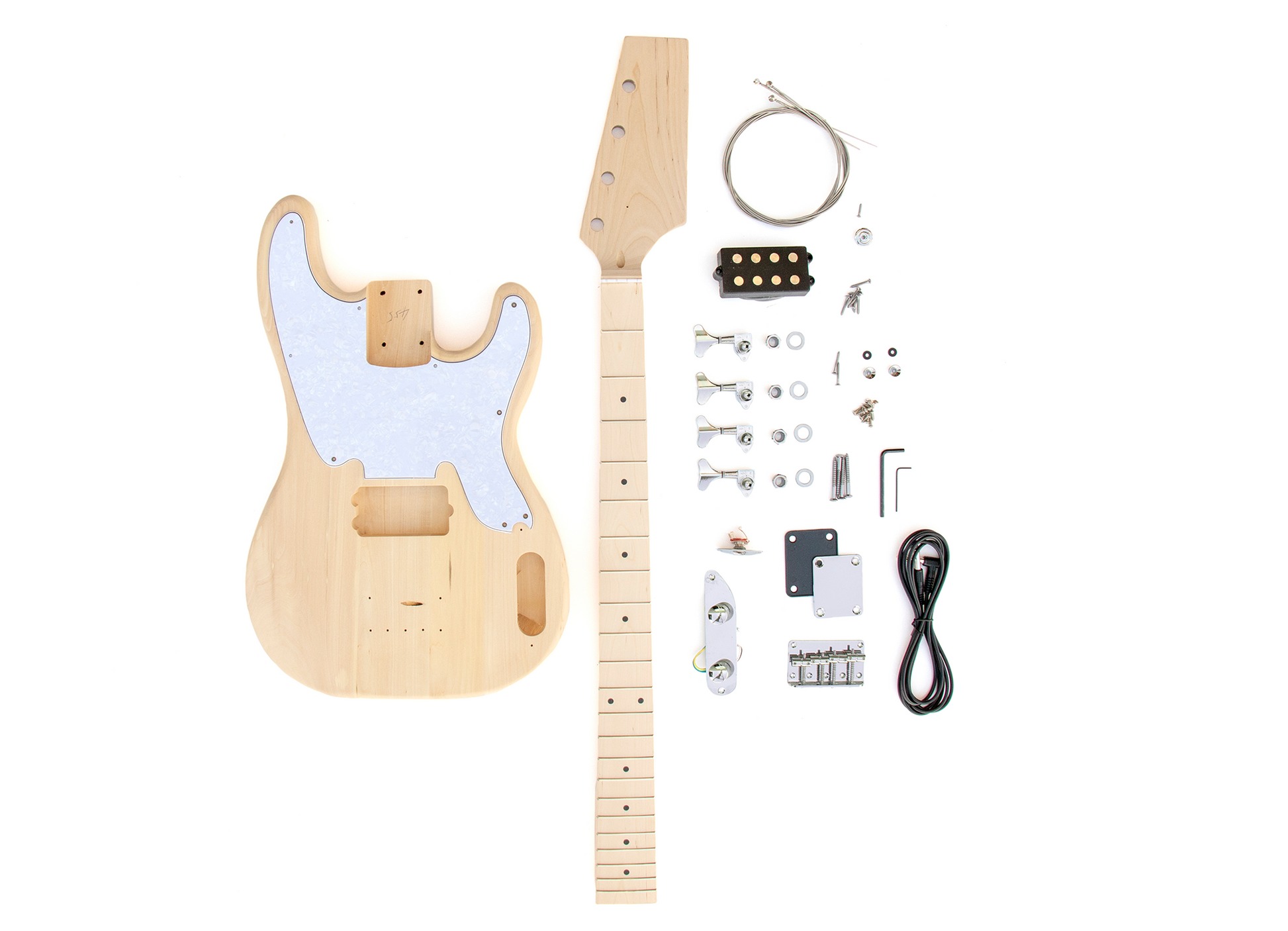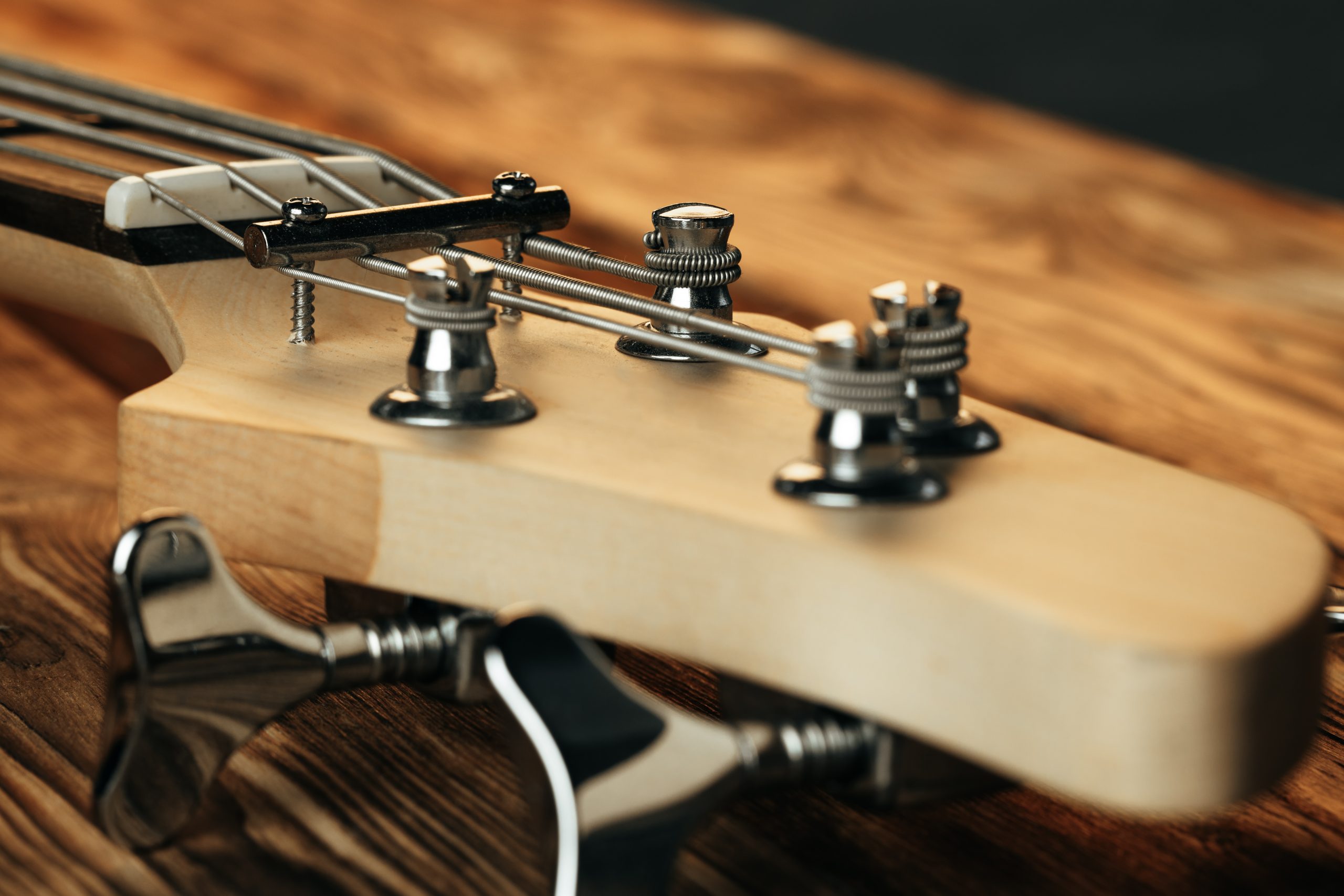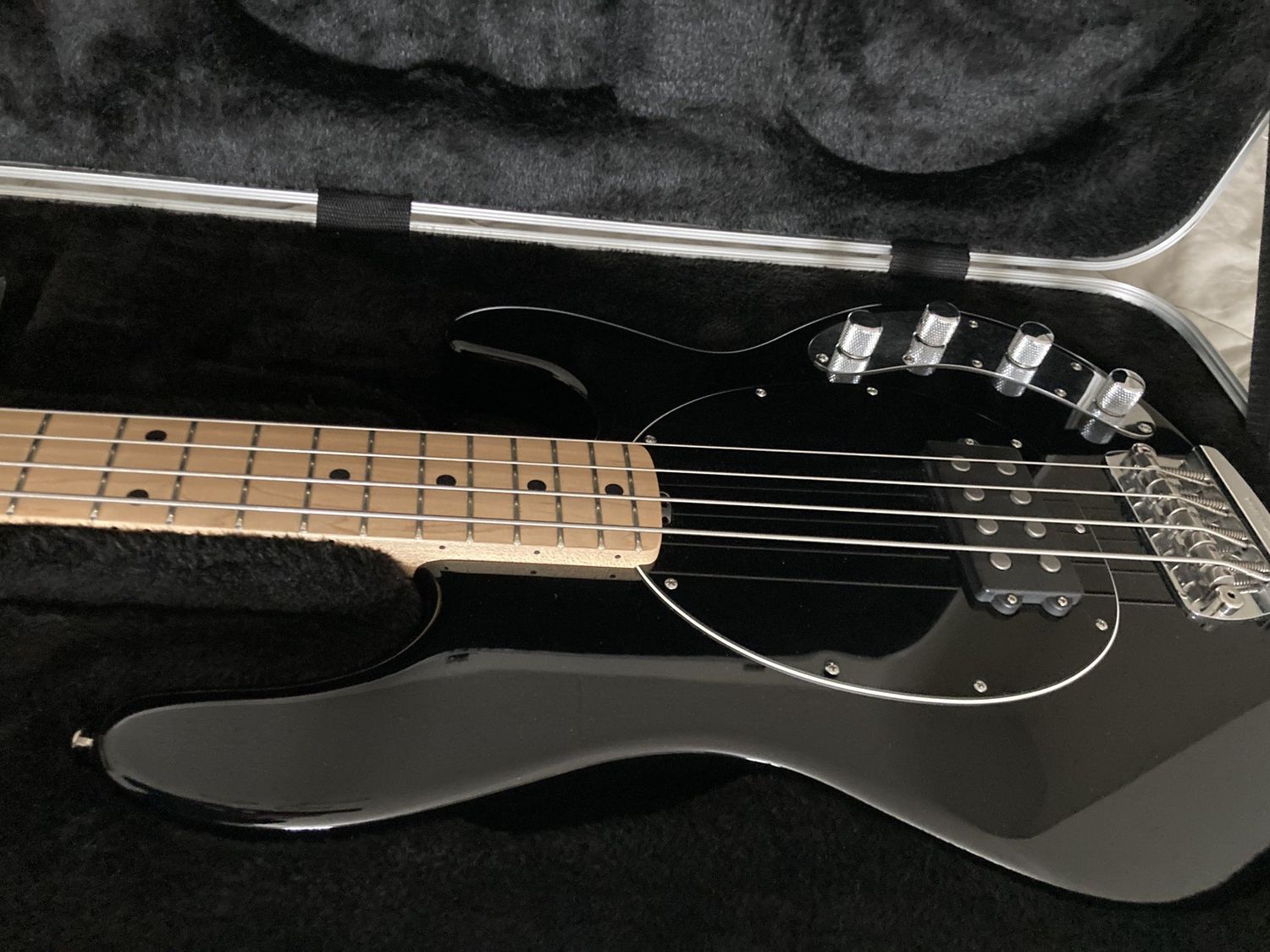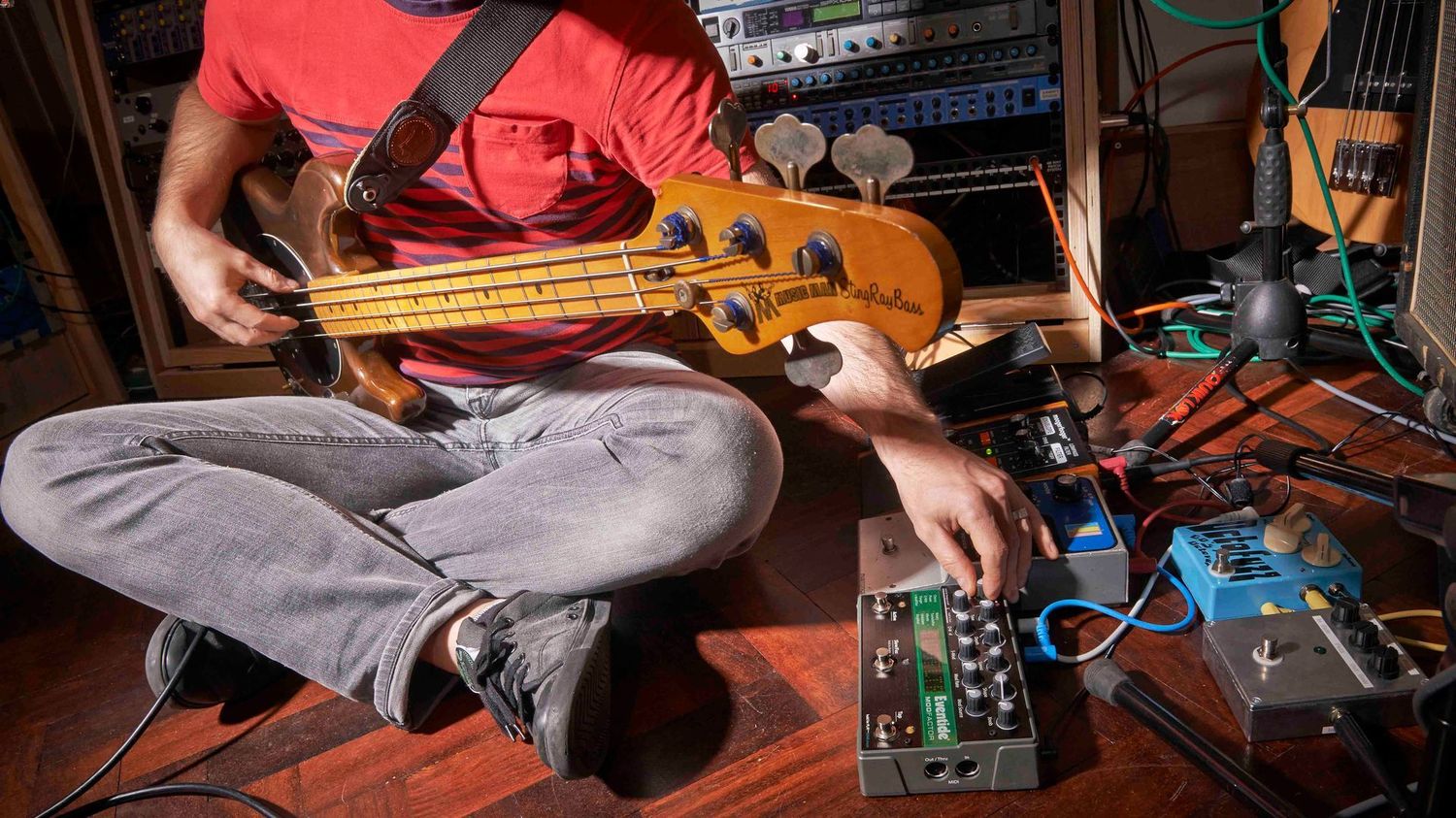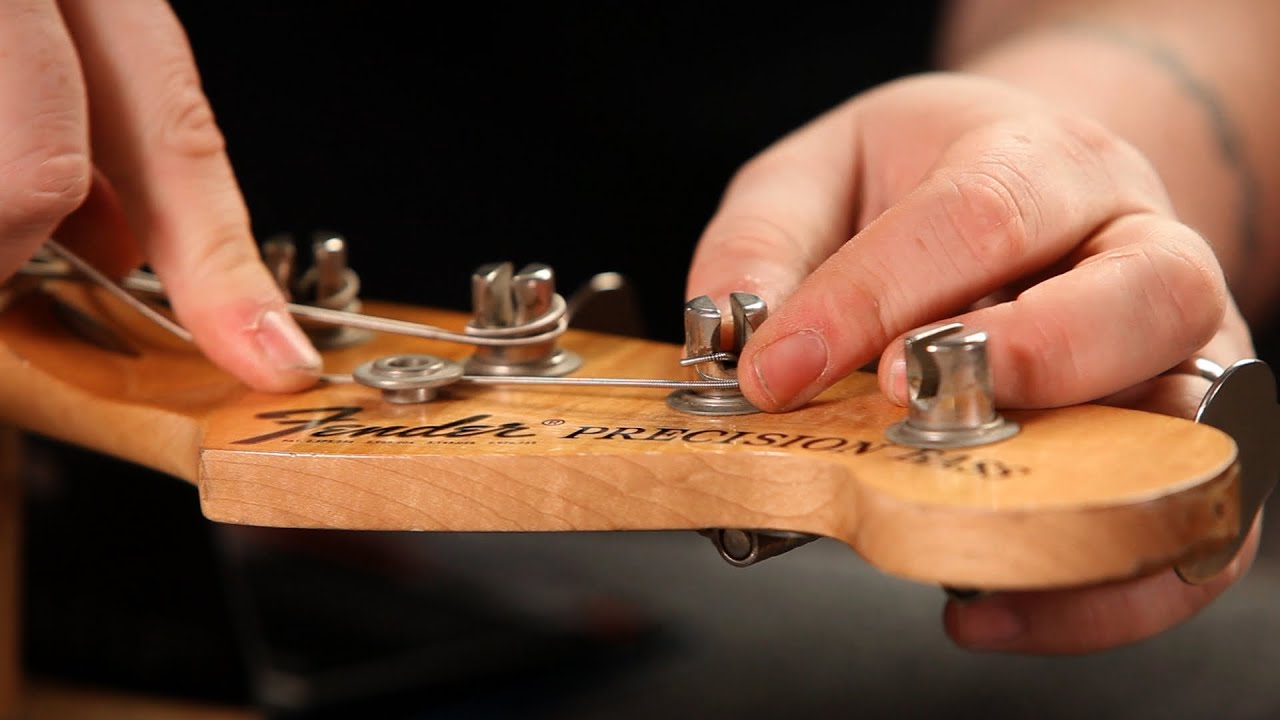Home>Instruments>Guitar>How To Hold A Bass Guitar


Guitar
How To Hold A Bass Guitar
Published: February 13, 2024
Learn the proper technique for holding a bass guitar to improve your playing comfort and performance. Discover essential tips and best practices for guitar positioning.
(Many of the links in this article redirect to a specific reviewed product. Your purchase of these products through affiliate links helps to generate commission for AudioLover.com, at no extra cost. Learn more)
Table of Contents
Introduction
So, you've decided to pick up the bass guitar, and you're eager to dive into the world of groovy basslines and rhythmic melodies. Congratulations on embarking on this musical journey! Whether you're a complete beginner or transitioning from another instrument, learning how to hold a bass guitar correctly is fundamental to your progress as a bassist. The way you hold the instrument not only affects your playing technique but also influences your comfort and overall enjoyment while making music.
In this comprehensive guide, we'll explore the art of holding a bass guitar with precision and ease. We'll delve into the proper posture, positioning, and techniques that will empower you to play the bass with confidence. By understanding the nuances of holding the instrument and mastering essential playing techniques, you'll be well on your way to becoming a proficient bassist.
So, grab your bass guitar, find a comfortable spot to sit, and let's embark on this enlightening journey into the world of bass guitar holding and playing techniques. Whether you aspire to lay down solid grooves in a band or simply want to jam along to your favorite tunes, mastering the art of holding the bass guitar is the first step toward achieving your musical aspirations. Let's dive in and uncover the secrets to holding the bass guitar like a seasoned pro.
Understanding the Bass Guitar
Before delving into the intricacies of holding the bass guitar, it’s essential to grasp the instrument’s role in the realm of music. The bass guitar serves as the rhythmic and harmonic backbone of a musical ensemble, providing a solid foundation for the melody and rhythm sections. Unlike its six-stringed counterpart, the electric guitar, the bass guitar typically features four strings, although five and six-string basses are also prevalent.
One of the defining characteristics of the bass guitar is its lower pitch range, which contributes to the richness and depth of the musical arrangement. When played skillfully, the bass guitar’s notes infuse the music with groove, energy, and a sense of cohesion, tying together the various elements of a composition.
As a bassist, your primary responsibilities include establishing the rhythmic pulse, outlining the harmonic structure, and connecting with the drummer to form a tight-knit rhythmic foundation. Understanding the significance of the bass guitar’s role in a band or ensemble will underscore the importance of holding the instrument with precision and playing it with finesse.
Moreover, familiarizing yourself with the anatomy of the bass guitar, including its neck, body, frets, and pickups, will deepen your connection with the instrument. Each component plays a crucial role in shaping the instrument’s sound and playability, and understanding their functions will empower you to harness the full potential of your bass guitar.
By comprehending the essence of the bass guitar and its pivotal role in music, you’ll approach the art of holding and playing the instrument with a newfound appreciation and insight. Now that we’ve laid the groundwork for understanding the bass guitar, let’s delve into the nuances of proper posture and positioning, essential for mastering the art of bass guitar playing.
Proper Posture and Positioning
Establishing the correct posture and positioning is paramount for any bass guitarist, as it not only ensures optimal playability but also prevents discomfort and potential injury. Whether you’re seated or standing while playing, maintaining good posture is essential for longevity and proficiency in your musical journey.
When seated, begin by selecting a sturdy and appropriately sized chair. Sit toward the front edge of the chair, keeping your back straight and shoulders relaxed. Avoid slouching, as this can lead to muscle strain and hinder your ability to maneuver the instrument effectively. Position the bass guitar on your dominant side, resting it on your thigh to maintain stability and ease of access to the fretboard.
For standing play, utilize a bass guitar strap to distribute the instrument’s weight evenly across your body. Adjust the strap to a length that allows the bass to rest comfortably against your body, positioning it at a height that facilitates effortless fretting and strumming. Maintain a relaxed stance, with your shoulders squared and your back comfortably straight to promote ease of movement and prevent strain during extended playing sessions.
Irrespective of whether you’re seated or standing, it’s crucial to position the bass guitar in a manner that enables easy access to the frets and controls while minimizing physical strain. By adopting a posture that prioritizes comfort, stability, and unrestricted movement, you’ll lay a solid foundation for honing your bass playing skills.
Now that we’ve established the significance of proper posture and positioning, let’s transition to the core of our discussion: the art of holding the bass guitar with finesse and confidence. By mastering the techniques of holding the instrument, you’ll pave the way for seamless execution of basslines and melodies, ultimately enhancing your musical expression and enjoyment.
Holding the Bass Guitar
As you embark on your bass guitar journey, mastering the art of holding the instrument is a pivotal step toward becoming a proficient player. The way you hold the bass guitar directly impacts your playing technique, comfort, and overall musical expression. Whether you prefer the seated or standing position, the manner in which you cradle the instrument influences your ability to execute intricate basslines and melodic phrases with finesse.
When seated, position the bass guitar on your dominant side, resting it on your thigh for stability and accessibility. Embrace the instrument with your strumming arm, allowing your fretting hand to navigate the fretboard with ease. Maintain a relaxed yet controlled grip, ensuring that your fingers have ample freedom to move across the strings while maintaining a firm enough hold to articulate clear and resonant notes.
For standing play, the bass guitar should rest against your body naturally, supported by a well-adjusted strap. The instrument’s neck should be angled slightly upward, facilitating effortless fretting and enabling smooth transitions between notes and chords. Embrace the bass with a balanced and comfortable stance, allowing your hands to glide along the neck and strings with precision and fluidity.
Regardless of your preferred playing position, it’s essential to find a balance between stability and mobility when holding the bass guitar. This equilibrium empowers you to execute a diverse range of playing techniques, from pulsating basslines to melodic fills, with confidence and dexterity.
By mastering the art of holding the bass guitar, you’ll forge a strong connection with the instrument, laying the groundwork for an enriching musical journey. As we delve deeper into the realm of bass playing techniques, remember that the way you hold the instrument is the bedrock upon which your musical prowess will flourish.
Playing Techniques
Now that you’ve honed your posture, positioning, and the art of holding the bass guitar, it’s time to explore the diverse playing techniques that will elevate your musicality and prowess as a bassist. The bass guitar offers a myriad of playing styles and techniques, each contributing to the instrument’s rich and dynamic sound palette.
One fundamental technique for bassists is fingerstyle playing, which involves plucking the strings with the fingertips or fingernails. This approach allows for nuanced control over dynamics and articulation, enabling the creation of expressive basslines and melodic motifs. As you navigate the fretboard, experiment with varying finger placements and attack styles to discover the tonal nuances and textures at your disposal.
Another prevalent technique is the use of a plectrum, or pick, to strike the strings. Employing a pick yields a distinct, punchy attack and is favored in genres that demand a pronounced and driving bass presence, such as rock and punk. Experiment with different pick thicknesses and materials to find the tonal characteristics that best complement your playing style and musical preferences.
Slap bass, a percussive and rhythmically dynamic technique, is synonymous with funk and fusion genres. By employing a slapping motion with the thumb and popping the strings with the fingertips, bassists can produce a vibrant and rhythmic sound that propels the music forward with infectious energy and groove.
Furthermore, tapping, a technique popularized by virtuoso bassists, involves using the fingers of both hands to create rapid and intricate note patterns on the fretboard. This technique unlocks a world of melodic possibilities, allowing bassists to weave dazzling runs and harmonies into their playing repertoire.
As you delve into the realm of bass playing techniques, remember that versatility and adaptability are key. Embrace each technique as a tool for musical expression, and allow your creativity to flourish as you weave together intricate basslines, melodic embellishments, and rhythmic foundations.
By mastering a diverse array of playing techniques, you’ll expand your musical horizons and enrich your bass playing vocabulary, empowering you to contribute compelling and dynamic performances to any musical ensemble.
Conclusion
Congratulations on embarking on this enlightening journey into the art of holding and playing the bass guitar. Throughout this guide, we’ve delved into the fundamental elements that underpin the mastery of the bass guitar, from understanding its pivotal role in music to honing proper posture, positioning, and playing techniques.
By comprehending the essence of the bass guitar and its significance in shaping the musical landscape, you’ve gained a deeper appreciation for the instrument’s profound influence on rhythm, harmony, and melody. Understanding the role of the bass guitar as the rhythmic and harmonic anchor of a musical ensemble will undoubtedly inform and elevate your approach to playing and holding the instrument.
Moreover, by mastering the nuances of posture and positioning, you’ve laid the groundwork for a sustainable and enjoyable bass playing experience. Whether seated or standing, your newfound understanding of proper posture will not only enhance your playability but also contribute to your physical well-being as a musician.
The art of holding the bass guitar with finesse and confidence has become a cornerstone of your musical journey. By embracing the instrument with precision and comfort, you’ve set the stage for seamless execution of basslines, melodic phrases, and rhythmic foundations, empowering you to express yourself with clarity and artistry.
As you explore the diverse playing techniques available to bassists, you’ll discover a world of musical possibilities at your fingertips. Whether employing fingerstyle playing, utilizing a pick, mastering slap bass, or delving into tapping, each technique serves as a conduit for your creative expression, allowing you to craft compelling and dynamic basslines that resonate with power and emotion.
With each passing day, as you refine your skills and embrace new musical challenges, remember that the journey of mastering the bass guitar is as enriching as the destination. The knowledge and techniques you’ve acquired will serve as invaluable assets as you continue to evolve as a bassist and a musician.
So, pick up your bass guitar, find your rhythm, and let the music flow. With a firm grasp on the art of holding the bass guitar and a wealth of playing techniques at your disposal, you’re poised to embark on a musical odyssey filled with creativity, expression, and endless possibilities.

